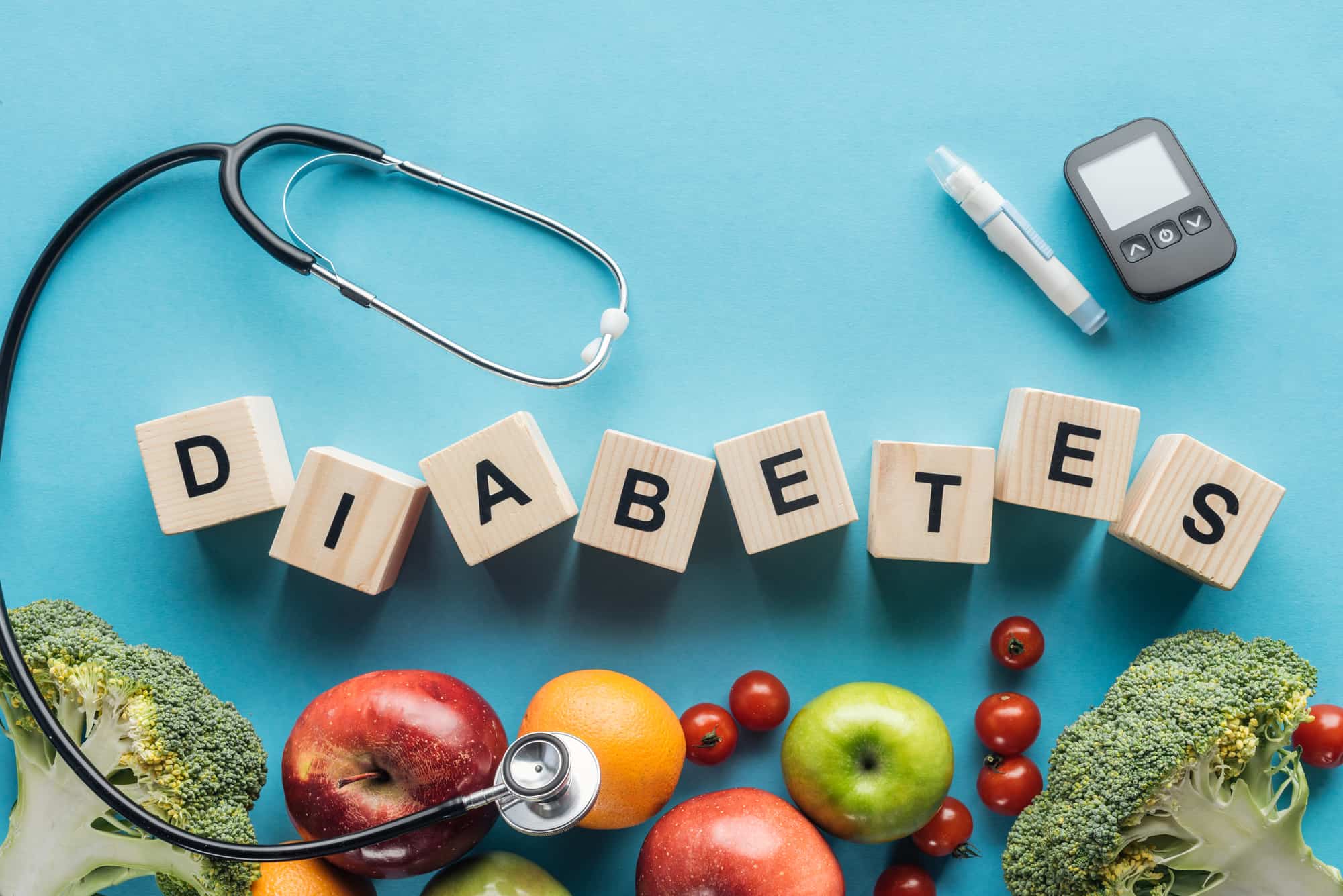What is Diabetes?
DIABETES is a chronic health condition that affects how the body turns food into energy. Normally, the body breaks down the food you eat into sugar (glucose) and releases it into your bloodstream. When your blood sugar levels rise, it signals your pancreas to release insulin, a hormone that helps glucose enter your cells to be used as energy. In people with diabetes, this process is impaired. Either the pancreas doesn’t produce enough insulin, or the cells become resistant to insulin’s effects, leading to high blood sugar levels. Over time, this can cause serious health problems, such as heart disease, kidney disease, and vision loss.
Types of Diabetes
There are three main types of diabetes: Type 1, Type 2, and gestational diabetes. Type 1 diabetes is an autoimmune condition where the body’s immune system attacks insulin-producing cells in the pancreas. It usually develops in children and young adults, and those affected require daily insulin injections to manage their condition. Type 2 diabetes, the most common form, occurs when the body becomes resistant to insulin or when the pancreas fails to produce enough insulin. It is often associated with obesity, inactivity, and poor diet, and is more common in adults but can also occur in younger populations. Gestational diabetes occurs during pregnancy and usually goes away after the baby is born, although it increases the risk of developing Type 2 diabetes later in life.
Symptoms and Diagnosis
The symptoms of diabetes can vary depending on the type, but common signs include excessive thirst, frequent urination, extreme fatigue, blurred vision, and slow-healing wounds. In some cases, people with Type 2 diabetes may not experience noticeable symptoms, which is why regular screening is important, especially for those at higher risk. Diagnosis is typically made through blood tests that measure blood glucose levels. The most common tests include the fasting plasma glucose (FPG) test, the oral glucose tolerance test (OGTT), and the A1C test, which provides an average blood glucose level over the past two to three months.
Managing and Preventing Diabetes
Managing diabetes involves a combination of lifestyle changes and, in some cases, medication. A healthy diet, regular physical activity, and maintaining a healthy weight are crucial in managing blood sugar levels. For Type 1 diabetes, insulin therapy is necessary, while Type 2 diabetes can often be managed with oral medications, lifestyle changes, or insulin in more advanced cases. Prevention of Type 2 diabetes is also possible through adopting a healthy lifestyle. This includes eating a balanced diet rich in fruits, vegetables, whole grains, and lean proteins, engaging in regular physical activity, and maintaining a healthy weight. Early detection and proper management can help prevent or delay complications associated with diabetes, improving overall quality of life.
Conclusion
Diabetes is a complex and widespread condition that requires ongoing management and attention. Understanding the different types of diabetes, recognizing the symptoms, and knowing how to manage and prevent the condition are essential steps in maintaining good health. With proper care, individuals with diabetes can lead full, active lives.


